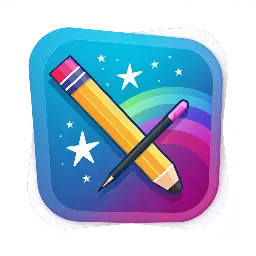Picture the possibility of converting years of detailed research into a narrative that is easily digestible for all. This is the extraordinary capacity of storytelling in the realm of science, rendering complex ideas both accessible and unforgettable for diverse audiences. The impact of narrative runs even deeper allowing scientists often discover new understandings when they express their work through captivating stories.
Bridging the Gap With Relatable Stories
Technical jargon can alienate non-experts, but storytelling bridges this divide. By using analogies and real-world scenarios—like comparing complex neuroscience to the emotional arc of a breakup—researchers create memorable narratives that foster trust and emotional connection. These stories make facts stick and help the public truly grasp intricate ideas.
Storytelling: A Tool for Scientists
While narrative is often seen as a tool for public engagement, it also benefits scientists directly. Constructing a story forces researchers to clarify their thoughts and discover new angles in their data. This process transforms fragmented results into a coherent message, highlighting the true significance of the work.
Science Competitions: Communicating With Clarity
Events like the Three Minute Thesis (3MT) competition demonstrate the power of storytelling in science. With just three minutes and one slide, participants must explain years of research without relying on jargon. This challenge sharpens their ability to communicate the "big picture" and inspires creative thinking. Many scientists find that narrating their work deepens both their own understanding and that of their audience.
- 3MT competitions drive clarity and creativity in presentations
- Inviting non-scientists broadens science’s impact
- Metaphors help researchers view data from fresh perspectives
Why Stories Stick: Insights From Neuroscience
Cognitive research backs up the power of narrative. When information is presented as a story, it is easier to remember and understand, a phenomenon known as "narrative transportation." Immersing both storyteller and audience in the narrative makes the content more meaningful. For scientists, this approach activates introspective and meaning-making areas of the brain, turning scattered findings into a clear, integrated message.
Integrating Storytelling Into Science Training
Despite these advantages, storytelling is rarely emphasized in scientific education. Communication workshops are often optional or seen as outreach tools rather than essential research skills. There’s a growing call to make narrative exercises—like writing plain-language summaries or entering competitions—a standard part of graduate training. These practices boost confidence, sharpen thinking, and help scientists communicate more effectively with all audiences.
- Reflective storytelling enhances critical thinking and sparks new insights
- Inclusive communication benefits both science and society
- Embedding narrative work in education could reshape scientific training
Takeaway: Storytelling as Scientific Practice
In the end, storytelling is more than a communication strategy—it’s a way of knowing and refining knowledge. Scientists who craft engaging narratives learn as much as they teach, gaining fresh perspectives and renewed curiosity about their work. Embracing storytelling as a core skill can transform both scientific research and its impact on the world.

The Transformative Role of Storytelling in Science Communication